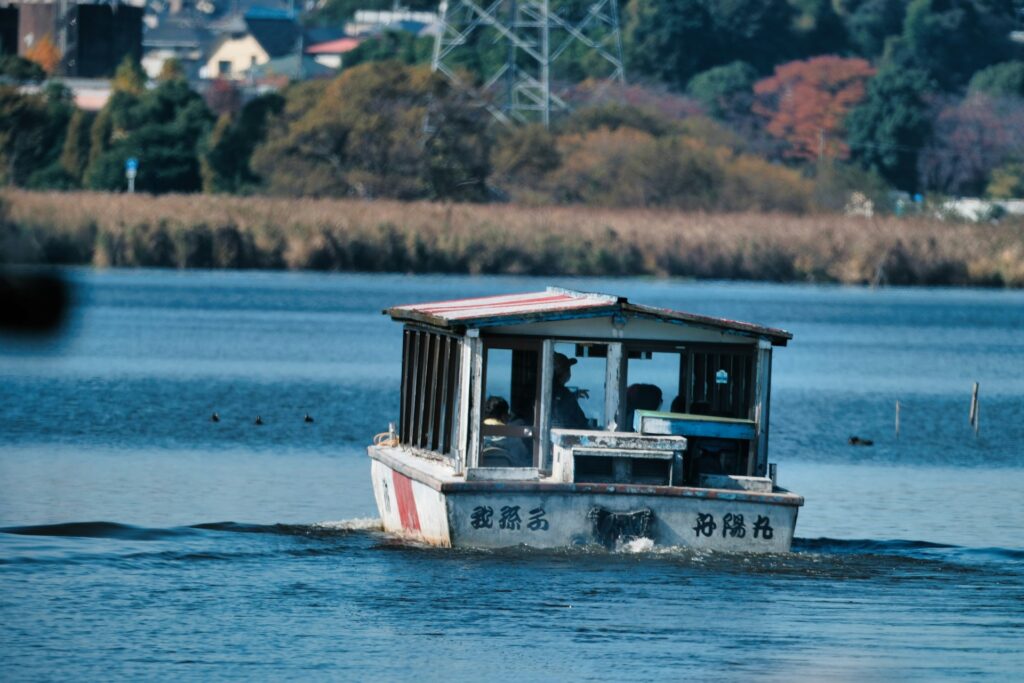Exploring Water Transportation Methods: Navigating the World’s Waterways
By Finlay Gilkinson – 25/05/2025
Water transportation has been a cornerstone of human civilization for millennia, enabling trade, exploration, and cultural exchange across continents. From ancient canoes to modern cargo ships, the methods of moving people and goods over water are diverse and continually evolving. In this blog, we’ll dive into the primary methods of water transportation, their applications, and their importance in today’s world.

1. Traditional Watercraft: Canoes, Rafts, and Sailboats
Canoes and Kayaks
Canoes and kayaks are among the oldest forms of water transportation, dating back thousands of years. These small, lightweight vessels, often made from wood, animal skins, or modern materials like fiberglass, are propelled by paddles. They are ideal for navigating rivers, lakes, and coastal waters.
Rafts
Rafts, constructed from logs, inflatable materials, or other buoyant objects, have been used for centuries to transport goods and people. Modern inflatable rafts are popular for recreational activities like white-water rafting.
Sailboats
Sailboats harness wind power to travel across water. From small dinghies to large yachts, they have been used for exploration, trade, and leisure.
2. Commercial Vessels: Freighters, Tankers, and Ferries
Cargo Ships and Freighters
Cargo ships, including container ships and bulk carriers, are the backbone of global trade. These massive vessels transport goods like electronics, raw materials, and food across oceans.
Tankers
Tankers are specialized ships designed to transport liquids, such as oil, natural gas, or chemicals. They play a critical role in the energy sector.
Ferries
Ferries transport passengers, vehicles, and cargo across rivers, lakes, or short sea routes. They are vital for connecting islands and coastal communities.
3. Modern Innovations: Hydrofoils, Hovercrafts, and Submarines
Hydrofoils
Hydrofoils use underwater wings to lift the hull above the water, reducing drag and increasing speed. They are commonly used for passenger transport in coastal areas.
Hovercrafts
Hovercrafts glide over water or land on a cushion of air, making them ideal for shallow waters or amphibious operations.
Submarines
Submarines operate underwater, primarily for military purposes, but also for research and exploration. They use advanced technology to navigate and withstand deep-sea pressures.
4. Recreational and Specialized Vessels
Cruise Ships
Cruise ships are floating resorts, offering luxury travel with amenities like restaurants, pools, and entertainment. They cater to tourists seeking leisurely voyages.
Personal Watercraft (Jet Skis)
Personal watercraft, like jet skis, are small, motorized vessels used for recreation. They are powered by jet propulsion and are highly manoeuvrable.
The Importance of Water Transportation
Water transportation remains a vital component of global connectivity. It supports economic growth by facilitating trade, provides access to remote areas, and offers sustainable alternatives to land and air travel. However, challenges like environmental pollution, high operational costs, and climate change impacts call for innovations in cleaner fuels, efficient designs, and sustainable practices.
Conclusion
From humble canoes to sophisticated submarines, water transportation methods have shaped human history and continue to play a crucial role in our interconnected world. Whether for trade, travel, or adventure, these vessels keep us moving across the planet’s vast waterways. As technology advances, the future of water transportation promises even greater efficiency and sustainability, ensuring our waterways remain lifelines for generations to come.
Ready to find the perfect job?
Our team of experts work with an extensive network of employers. Submit your CV to ensure you’re a part of our network of talented candidates and we’ll make you aware of opportunities before they are even posted.
